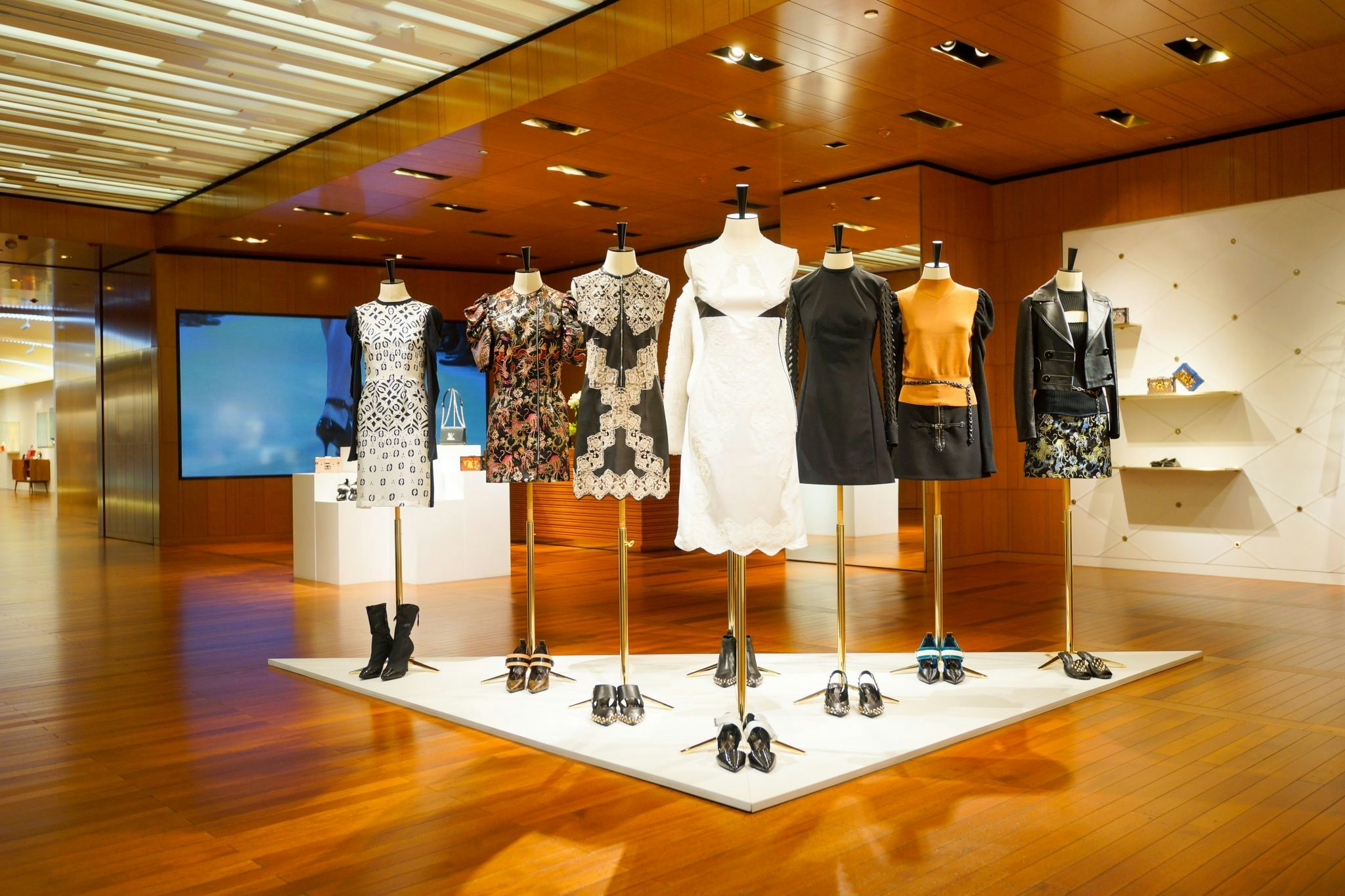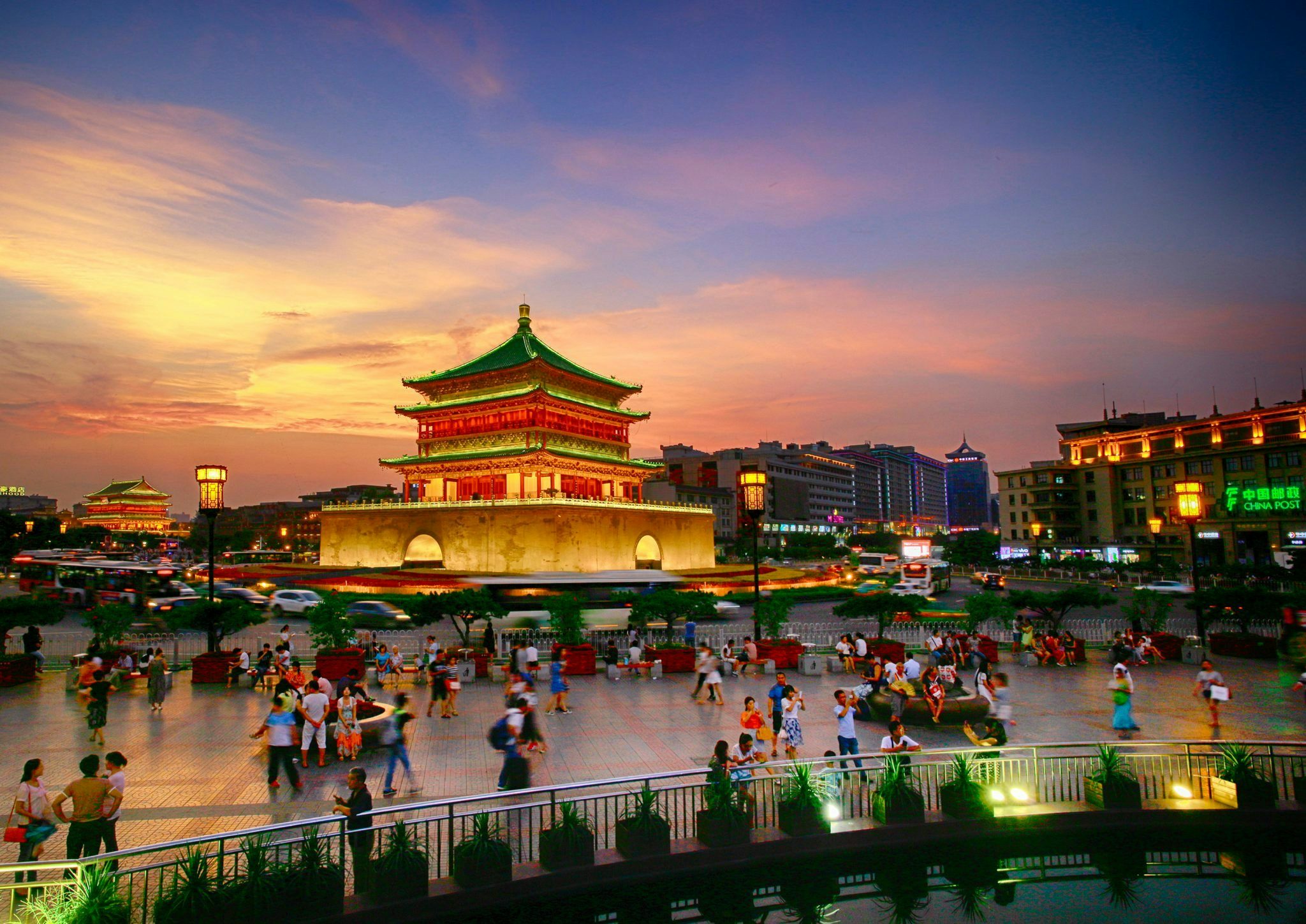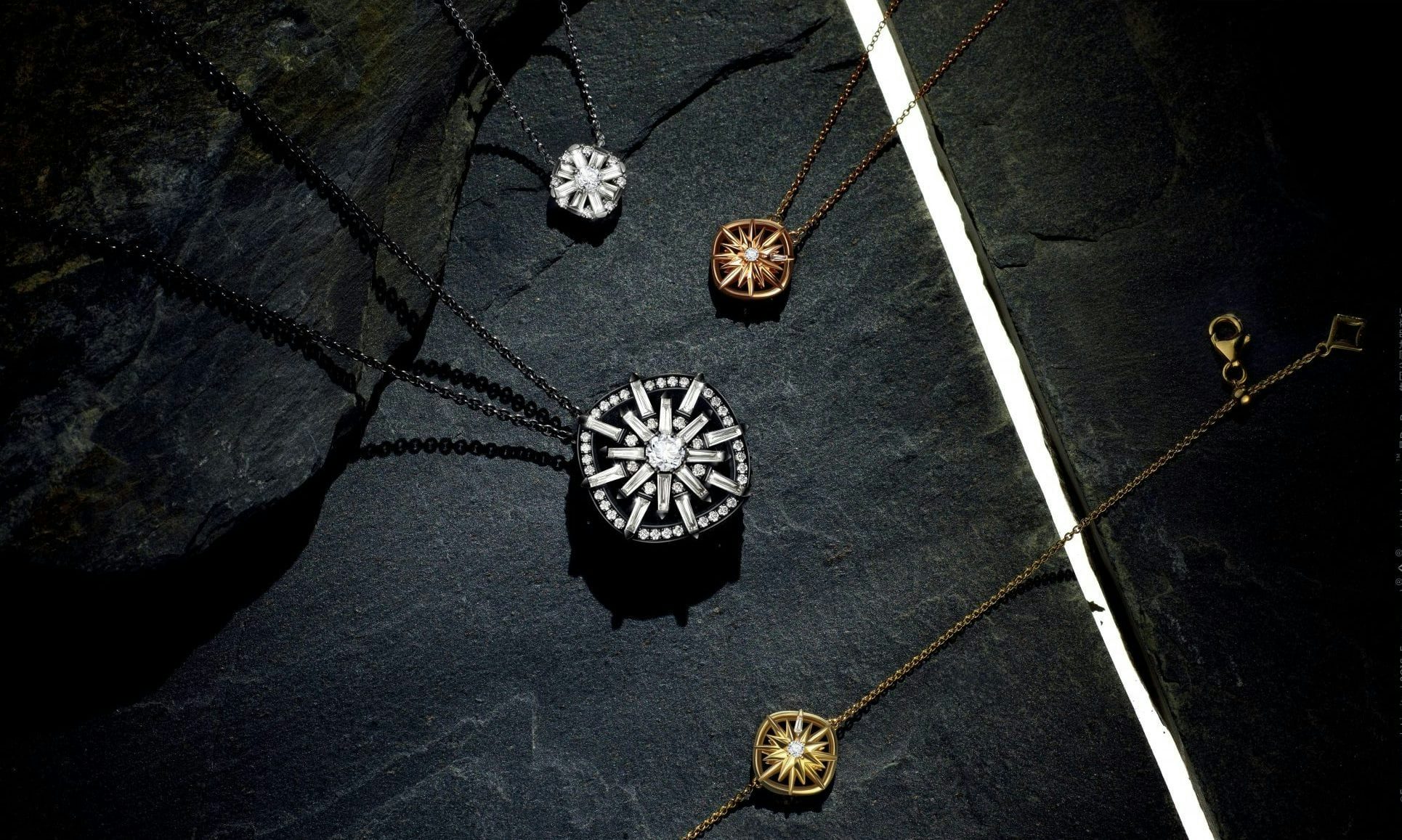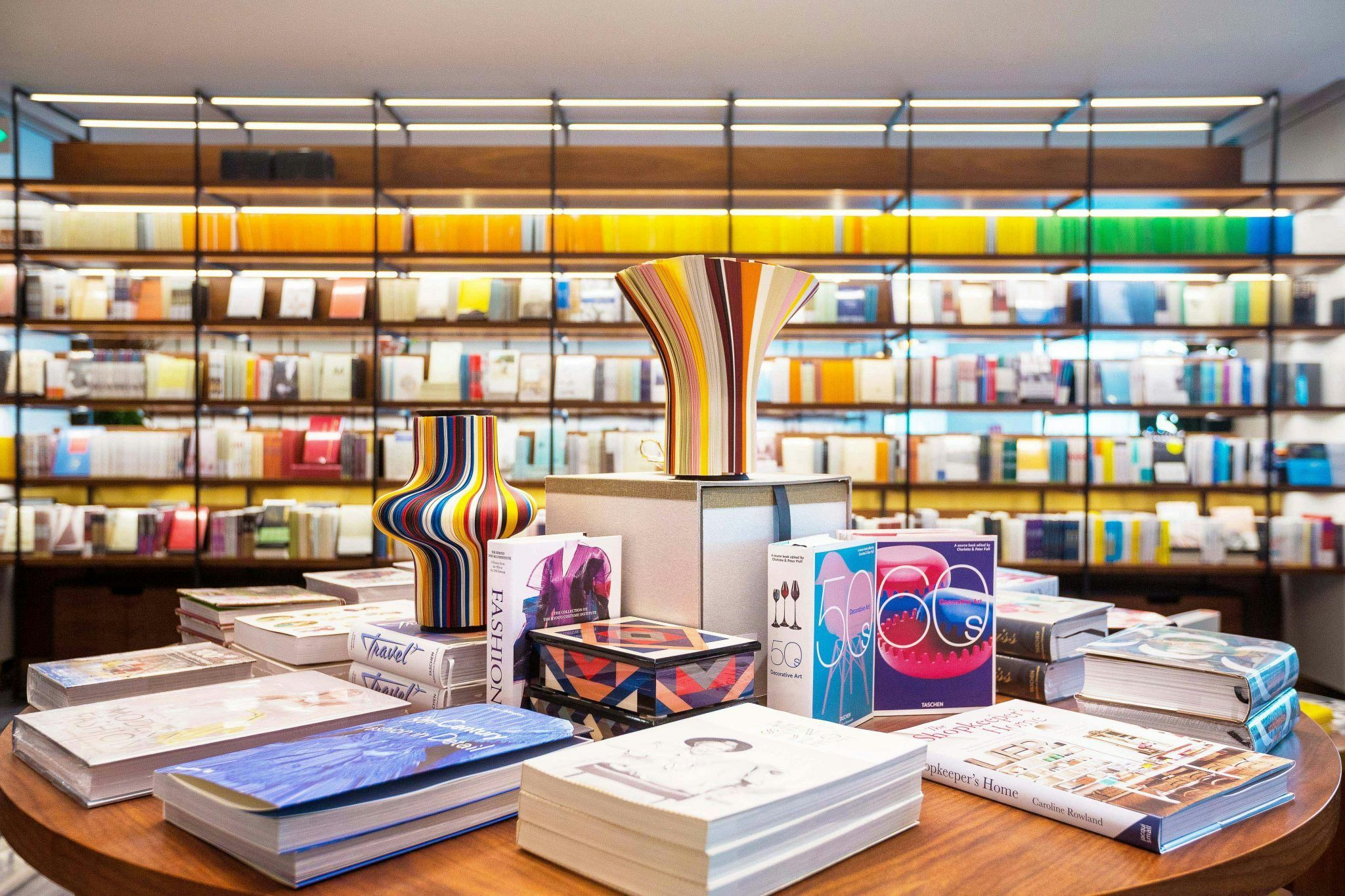From Chanel to Prada, De Beers to Bvlgari, an increasing number of luxury brands in China have embarked on a new round of retail expansion in recent months to stay ahead of this fast-evolving consumer market.
Chanel plans to increase its network of boutiques in China to 14 by early next year, adding stores in cities like Beijing, Xi’an, and Harbin all over the country, Bruno Pavlosvky, president of fashion at Chanel told Women’s Wear Daily in May.
On June 8, French luxury powerhouse Chanel announced a new store opening in the Guomao district, the center of Beijing’s central business district. The new outlet will sell fashion apparel, watches, and jewelry, as well as perfume and beauty products, the first of this kind for Chanel in China.
Italian luxury giant Prada Group, which owns brands Prada, Miu Miu, and Church, is also on a retail opening spree. In May, the company launched three Prada stores, two Miu Miu boutiques and two outlets for its Church’s brand in the new SKP Mall in the city of Xi’an.
To a certain extent, a luxury brand’s retail strategy in geography reflects its level of confidence about this market.
The current wave of retail opening and upgrading comes amid a strong and steady rebound of China’s luxury goods market. Major consulting firms have given out a quite positive outlook on the country’s growth potential. Bain & Company estimated the sales of luxury goods in the mainland would grow between 20 and 22 percent this year, while Boston Consulting Group (BCG) projected Chinese consumers to drive 70 percent of the growth of luxury.
BCG’s Partner and Managing Director Sarah Willersdorf told Jing Daily in an earlier interview that retail stores are an important pillar of a comprehensive strategy for the luxury brands to “attack that growth in China”.
Players like Brooks Brothers and Canada Goose, which in the past did not establish a footprint in the country, also weighed in. Brooks Brothers launched a store at the HKRI Taikoo Hui complex on West Nanjing Road in Shanghai and hosted a grand runway show to celebrate it. Canada Goose, on the other hand, announced to launch first two retail stores in Beijing and Hong Kong in late May.
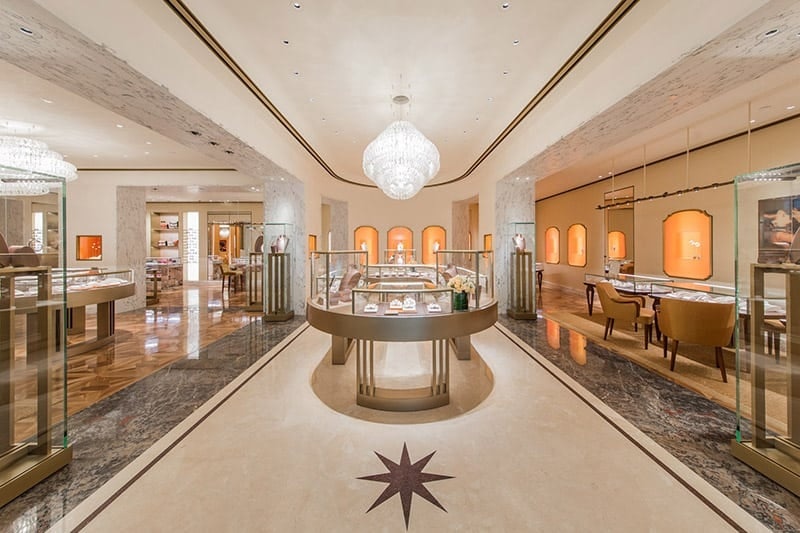
Aside from opening new stores, luxury brands with a firm footprint in the market seek to upgrade their presence. For instance, fine jewelry brand Bvlgari unveiled its newly renovated flagship store in Shanghai’s Plaza 66 on June 19. The new boutique offers a brand new experience that caters to today’s luxury consumers. Another jewelry label De Beers instills the “new retail” concept in its latest store in Shanghai, departing from the traditional offerings with the aim to capture the interests of Chinese millennial consumers.
In recent years, the Chinese government has rolled out a series of measures including import tax cuts to boost domestic consumption. That has motivated the country’s brick-and-mortar stores to offer more high-end products.
“Many landlords are still willing to invest big to source luxury brands,” said Miquel Cardona, Managing Partner of Oriental Retail Ventures. “This helps them position the mall as high street correctly, attracting bridge & commercial brands and consequently driving traffic and guaranteeing the overall rental key performance indicators (KPI).”
Furthermore, a retail store upgrade is vital to appeal to today’s digitally- and technologically-savvy consumers, who more and more demand an omnichannel retail environment.
“The physical store is the only place luxury shoppers can enjoy the tech-forward experiences they clearly crave,” said Elisa Harca, Regional Director & Co-founder of Red Ant Asia.
According to research by Worldpay, Chinese shoppers are leading the way with virtual reality (VR) and augmented reality (AR) adoption in retail. Nearly 100 percent of them said they have tried AR or VR technology at least once, and more than half use these technologies once a week.
Teresa Lam, Vice President of Fung Business Intelligence recognizes retail stores today are more than a place to sell and display products. It is where luxury brands provide other services, often with the help of technologies, to engage with customers so as to increase loyalty and retention.
However, it is worth noting that the current optimism in the retail space is not far away from the previous retail closing wave. Last September, a research report published by the investment research and management company Bernstein noted China had 62 net luxury retail closures, the highest number around the world, between July 2016 and July 2017. Burberry, Saint Laurent, and Céline were among those that closed the most.
“The previous closures were mostly led by the aggressive store expansion of some brands a few years ago,” said Fung Business Intelligence's Lam,
“That doesn't mean that China does not offer positive development opportunities,” said Oriental Retail Ventures' Cardona. “Luxury retail brands have never stopped thinking on ways to expand its presence in China.”
